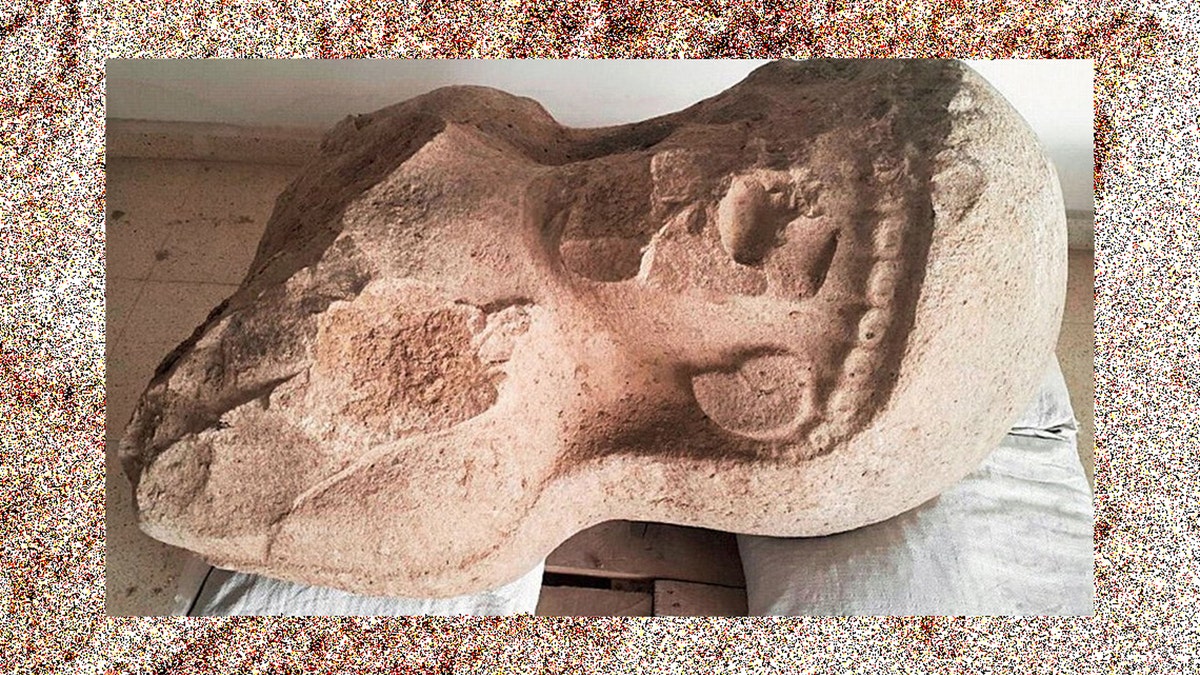
This statue was uncovered at a citadel gate complex in Turkey by U of T archaeologists leading the Tayinat Archaeological Project (Credit: The Tayinat Archaeological Project)
Archaeologists from the University of Toronto have uncovered the 3,000-year-old remains of a large statue in Turkey that they say may challenge the traditional thinking of the role of women in ancient society.
“The discovery of this statue raises the possibility that women played a more prominent role in the political and religious lives of these early Iron Age communities than the existing historical record might suggest,” said Timothy Harrison, a professor in the university’s Department of Near & Middle Eastern Civilizations and director of its Tayinat Archaeological Project in a press release.
“Her striking features include a ring of curls that protrude from beneath a shawl that covers her head, shoulders and back,” Harrison added.
RARE 2,000-YEAR-OLD STONE WORKSHOP AND QUARRY DISCOVERED IN ISRAEL'S GALILEE
Tayinat, previously known as Kunulua, was the capital of the Iron Age neo-Hittite Kingdom of Patina, located about 46 miles west of Aleppo, Syria.
The statue’s largely intact basalt head and upper torso measure 3½ feet long and 2¼ feet wide. The scientists believe they were part of a 13-to-16-foot statue that was placed at a gate complex outside Kunulua’s upper citadel.
The remains of the statue were found lying in a thick bed of basalt stone chips that included not only shard-like fragments of the woman’s eyes, nose and face, “but also fragments of sculptures previously found elsewhere within the gate area, including the head of the Neo-Hittite King Suppiluliuma that we discovered in 2012,” Harrison said.
Though the archaeologists haven’t yet determined the identity of the female figure, he said “It is possible that she is a representation of Kubaba, divine mother of the gods of ancient Anatolia.
'ALESI,' THE 13-MILLION-YEAR-OLD BABY MONKEY, COULD BE MANKIND'S EARLIEST ANCESTOR
“However, there are stylistic and iconographic hints that the statue represents a human figure, possibly the wife of King Suppiluliuma, or even more intriguingly, a woman named Kupapiyas, who was the wife — or possibly mother — of Taita, the dynastic founder of ancient Tayinat.”
The gate complex is believed to have been destroyed following the Assyrian conquest of the site in 738 B.C., when Tayinat was transformed into an Assyrian provincial capital with its own governor and administration.
